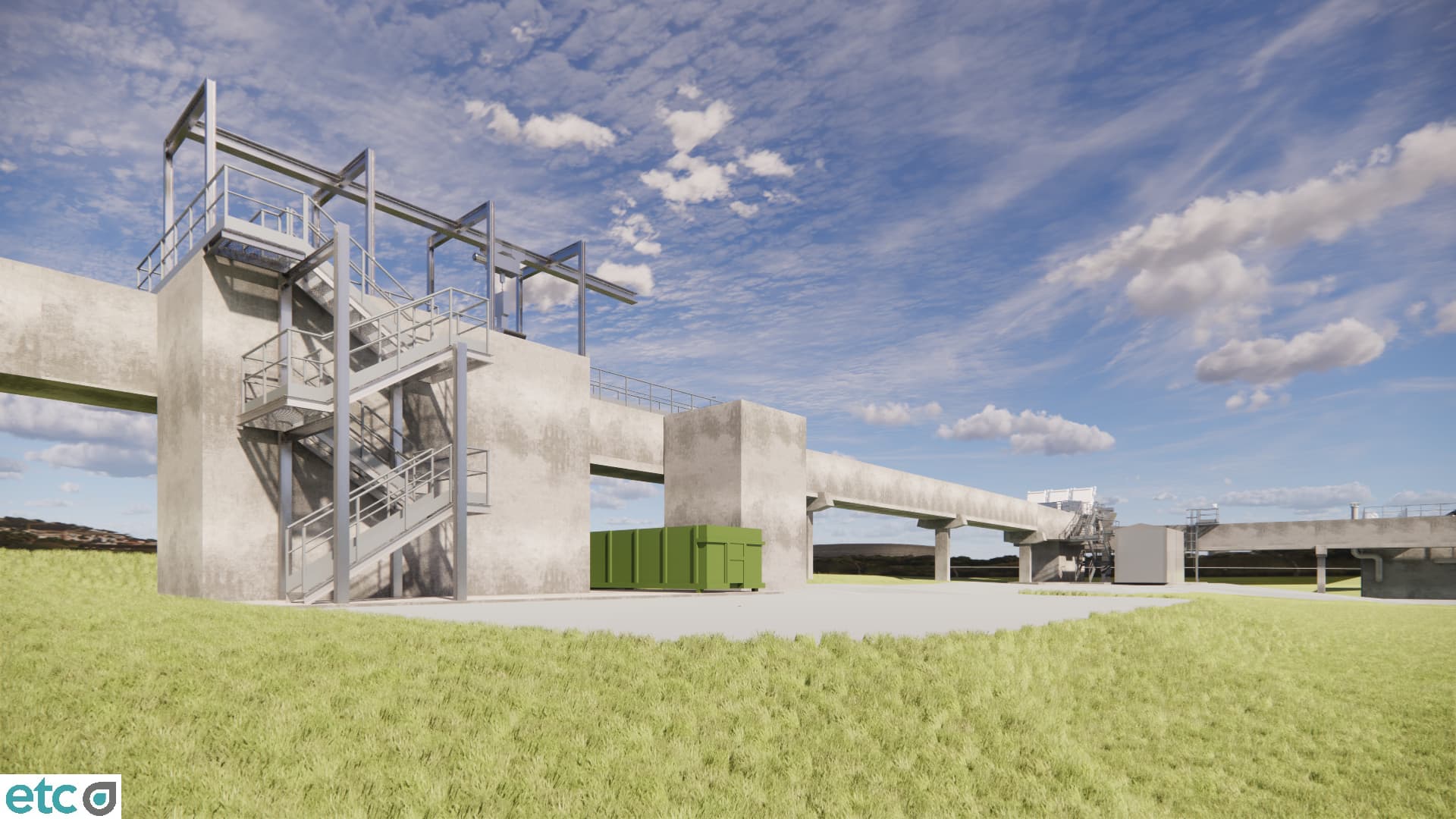Hebron Regional Wastewater Treatment Plant – Consultancy for the ASM2d Model (15.250 m3/day)
| Approx. value of the contract (in current US$):
US$ 470.397,20 |
| Country: Palestine.
Location within country: Hebron. |
| Name of Client:
Termomeccanica S.p.A. |
| Start date (month/year): March 2017
Completion date (month/year): March 2017 |
| Name of associated Consultants, if any:
None |
Description of actual services provided by your staff within the assignment:
KEYWORDS:
Elaborated calculations for design of activated sludge process, wastewater treatment Process design, ASM model concept, nitrogen and phosphorous biological removal
Description of Project:
The project of the Hebron Regional Wastewater Treatment Plant had a particular challenge that was the calculations using ASM2d model, for design of activated sludge process with nitrogen and phosphorous biological removal. To comply with the required conditions, different dynamic models have been analysed. They are based on the differential equations that govern the biochemical phenomena and not on their steady state approximations. These dynamic approaches have the advantage of predicting the behaviour of the wastewater treatment plant under different operational conditions, therefore predicting not only the average values of the parameters, but also their temporal variation.
The ASM 2d model is the model of the Hebron wastewater treatment plant, biological section SBR.
ASM2d model considers carbon removal, nitrification, denitrification and phosphorus removal. In ASM2 several changes have been made compared to the ASM1 model so that phosphorus removal could be implemented. These implementations are still valid for ASM2d. Probably the biggest change is that the biomass is considered to have a cell internal structure.
The denitrifying capacity of phosphorus accumulating organisms has been implemented in the ASM2d model because experimental evidence is available that some of the phosphorus accumulating organisms can denitrify. ASM2d also includes polyphosphates and the implementation of TSS.
Processes such as: Hydrolysis processes, Processes of heterotrophic organisms, Processes of phosphate accumulating organisms, Processes of autotrophic organisms, Processes of chemical precipitation of phosphates were considered and calculated.
SBR operating cycle: Biological treatment is carried out using n° 4 SBR parallel tanks for stage 1 – normal load and stage 1 – normal load + 10%, each volume of 6.800 m³, total volume of 27.200 m³ and n° 8 SBR parallel tanks for stage 2, total volume of 54.400 m³. In stage 1 – 80% max design load with one line out n° 3 SBR parallel tanks are used, total volume of 20400 m³. Each tank has 3 daily cycles with fill, react, settle, decant, and idle phases, each cycle of 8 hours.
Since the discharge limits to be met for the Hebron plant require both a nitrification step for ammonia oxidation and a denitrification phase for the removal of nitrates, dynamic simulations provide an operation with fill carried out in two steps, so that the denitrification process takes place with the use of rapidly biodegradable incoming carbon with the inlet flow, allowing the development of faster kinetics and thus a better discharge quality in terms of nitrogenous components.






